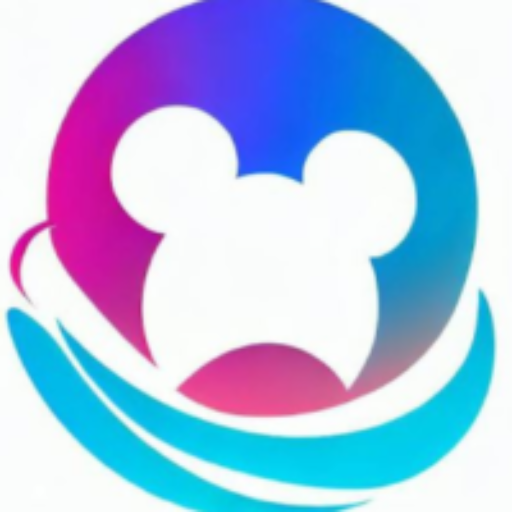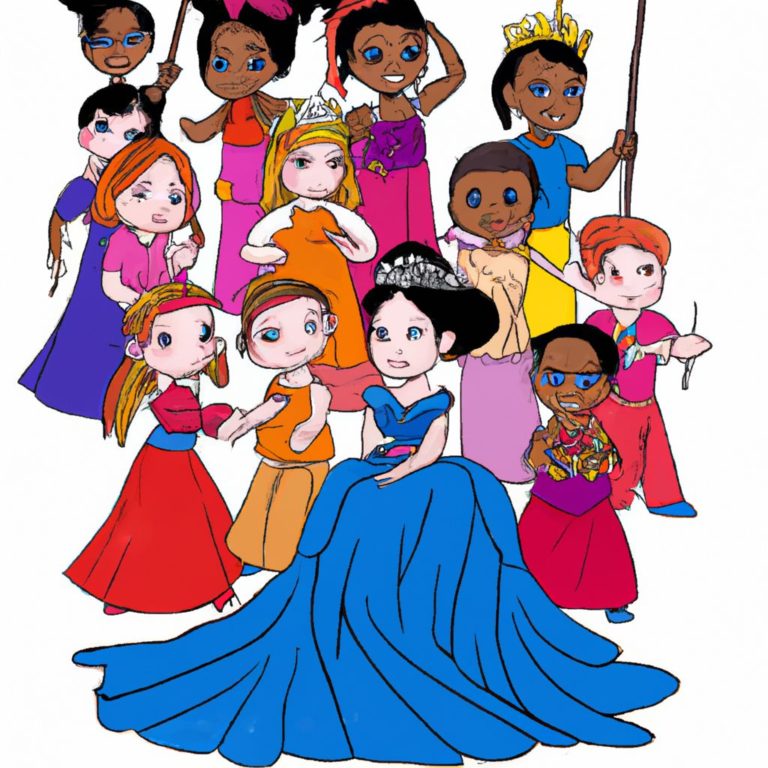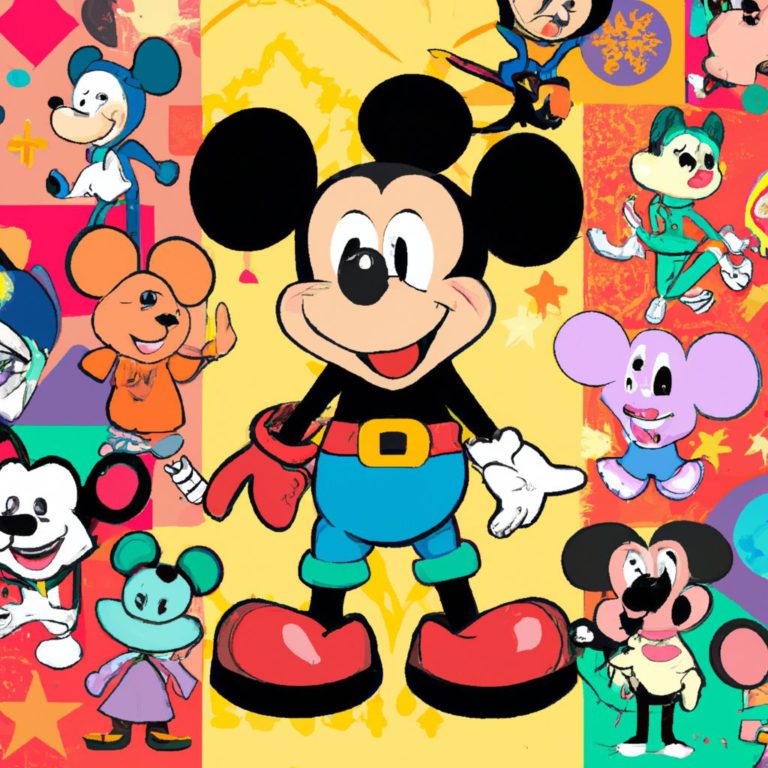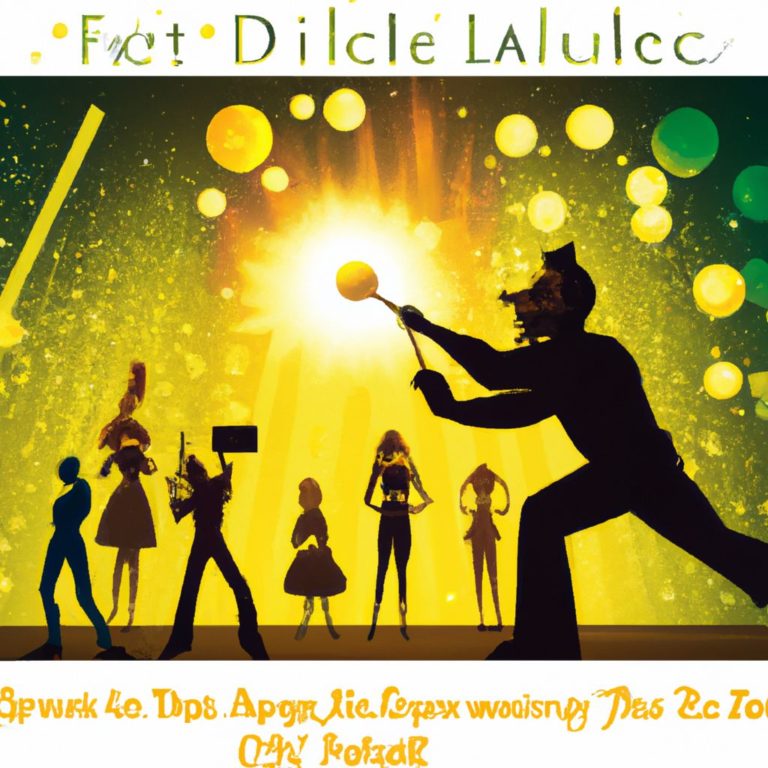Historical Context Of Disney Movies
- 100 Disney Facts That Might Surprise You - June 24, 2023
- Secrets Of Disneyland Attractions - June 24, 2023
- Real Life Inspirations Behind Disney Movies - June 24, 2023
Introduction: The Evolution of Disney Movies
Disney movies have come a long way. From hand-drawn animations to CGI, they’ve consistently pushed the boundaries of storytelling and animation. Each flick brings something different, captivating viewers of all ages.
Disney has adapted to tech advancements, combining traditional storytelling with modern visuals. Incredibly detailed characters come alive as never before. Plus, narratives are deeper and explore themes like love, friendship, and overcoming adversity. These stories touch people around the globe.
A remarkable piece of history is the 1937 release of “Snow White and The Seven Dwarfs.” It was the first full-length animated feature film! This monumental movie shifted the animation industry and set the stage for later classics like “Cinderella,” “Beauty and the Beast,” and “The Lion King.”
Walt Disney: A Pioneer in Animation
To gain insight into Walt Disney’s pioneering role in animation, explore the historical context of Disney movies. Uncover the early years of Disney animation as you delve into how Walt Disney’s creative vision and innovative techniques shaped the foundation of this groundbreaking industry.
The Early Years of Disney Animation
Disney Animation’s initial years saw significant progress and innovation. Let’s look at the essential elements that formed the start of this pioneering industry.
The following table shows the milestones during Disney Animation’s early years:
| Year | Milestone |
|---|---|
| 1923 | Walt and Roy Disney started a small animation studio called Laugh-O-Gram Studio in Kansas City. |
| 1928 | The iconic Mickey Mouse first appeared in the animated short film “Steamboat Willie,” Disney’s first success and the introduction of animated characters with sound. |
| 1932 | The production of “Flowers and Trees,” the first full-color cartoon, captivated viewers with its vivid hues, displaying Disney’s ambition to explore animation. |
| 1937 | Walt Disney released the world’s first full-length animated movie, “Snow White and the Seven Dwarfs,” changing the industry and setting the standard for future productions. |
Disney also created multiple technical advancements including multiplane cameras for depth in animations and inventive methods like Technicolor and Technirama for better visuals.
The early years of Disney Animation constructed the basis for contemporary animation techniques and storytelling. Walt Disney’s leadership still inspires animators around the world.
Discover more about Disney Animation’s remarkable journey as we delve into its growth through time. Uncover the unique stories of your favorite characters and jump into a realm where imagination knows no bounds.
Experience this magical journey of animation today, and see how Walt Disney’s genius forever modified the entertainment world. Don’t miss out! Even Mickey Mouse could make it through the Great Depression and still bring joy to all.
Golden Age of Disney: The Influence of World Events
To understand the historical context of Disney movies during the Golden Age, delve into the influence of world events. Explore the cultural and technological shifts occurring during the 1930s and 1940s, which shaped the creation and impact of Disney films.
Cultural and Technological Shifts During the 1930s and 1940s
During the ’30s and ’40s, major cultural and tech shifts impacted the development of Disney. These changes influenced the company’s artistic style and ability to reach a bigger audience.
Cinema was becoming popular, so Disney saw the potential to captivate viewers with animation. This led to iconic characters like Mickey Mouse becoming a household name.
Tech advancements let Disney push boundaries, making more lifelike characters and settings. In the late ’30s, Technicolor revolutionized the way films used color, making them captivating.
Disney also saw the world’s growing interest in international affairs. They used this as a chance to make movies with global appeal. For example, 1937’s “Snow White and the Seven Dwarfs” became a global success. Its themes resonated with different cultures.
These cultural and tech shifts during the ’30s and ’40s made it possible for Disney to become an entertainment powerhouse. By adapting to trends and embracing technologies, Disney won hearts with its characters and stories.
An interesting fact: “Snow White and the Seven Dwarfs” was not only a critical success, but also one of the highest-grossing films of all time upon release (Source: IMDb).
Disney Movies in the Post-War Era: Reflecting Society
To understand the historical context of Disney movies in the post-war era, delve into how they reflect society by exploring the impact of social and political movements. This section will shed light on the ways in which Disney films have mirrored and responded to the changing ideologies and cultural shifts of the time.
The Impact of Social and Political Movements on Disney Films
The influence of social and political movements on Disney films can’t be understated. These movies were always a reflection of the society they were made in – the post-war era was no different.
At this time, huge changes were happening around the world. WWII’s aftermath saw the growth of feminism and civil rights movements and a shift towards progressive views. Disney, as a major entertainment player, had to adjust and reflect these changes in their films.
One example is featuring strong female characters in Disney movies from that era. Movies like “Cinderella” and “Sleeping Beauty” portrayed women as independent and strong, challenging traditional gender roles – this was an answer to the feminist movement, which was gathering speed.
Disney also addressed racial issues in their films. “Lady and the Tramp” showed interracial relationships, Lady a purebred cocker spaniel falling for Tramp, a mixed-breed mutt. For that era, this was a brave move – interracial relationships were still heavily frowned upon.
It was not just social movements that impacted Disney films in this period. The Cold War also had a role to play. Fear of communism and nuclear war was reflected in films like “Peter Pan” where Captain Hook’s power-hungry character mirrored America’s anxiety about communist influence. Also, movies like “Alice in Wonderland” explored paranoia and mistrust, prevalent during that time.
One story that shows the effect of social movements on Disney films is Mary Blair’s. She worked for Disney during this era and her vivid art style challenged traditional animation conventions. Her work can be seen in “Alice in Wonderland” and “Peter Pan” and her use of color and design added depth and feeling to the stories.




